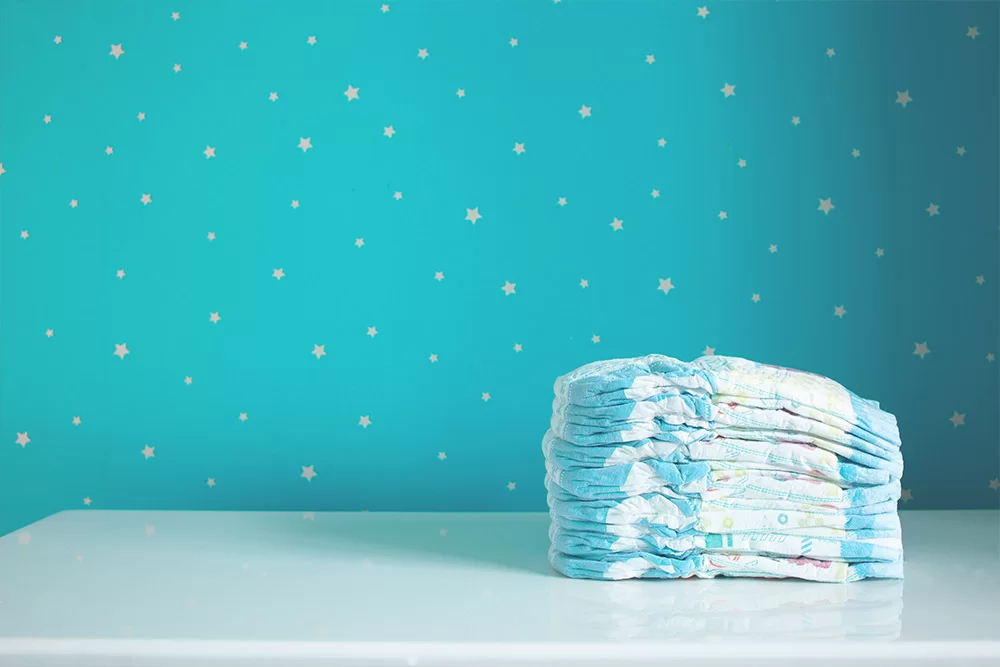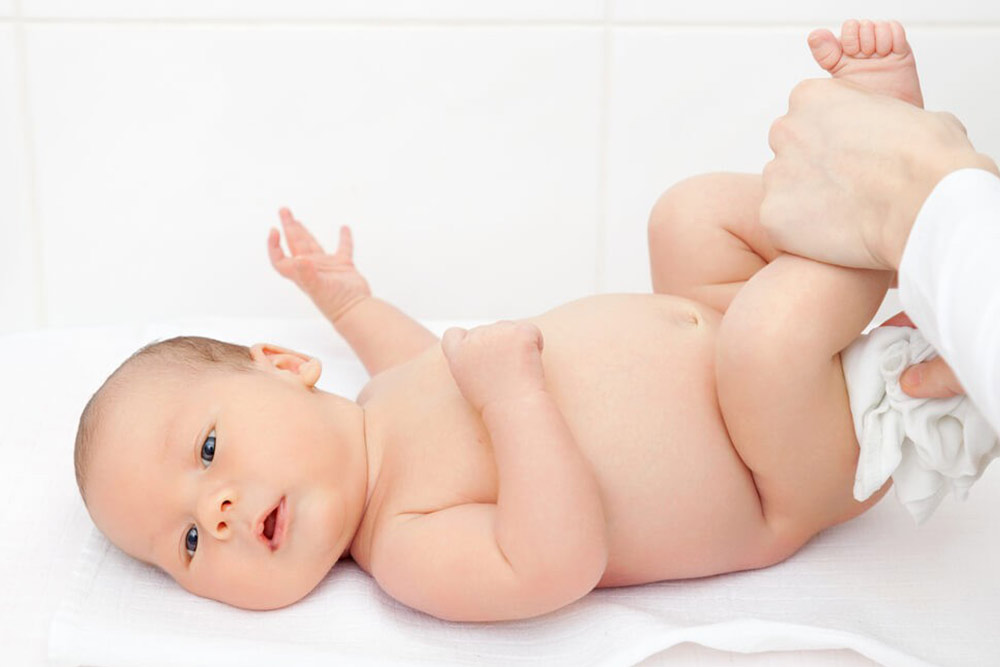
5 Tips to Potty Train like a pro
20 months old, still pee frequently. However, when you notice that they stay dry for an hour or so, you may decide that they are starting to control their bladder and becoming physically ready for potty training. If you see that your child is complaining about dirty diapers, trying to dress/undress on his/her own, or expresses their interest to go to the bathroom vocally, these are also signs that your child is ready.
1. Pick the right method and place
There are a lot of ways to introduce your child to potty training. Every family has a distinct culture. You should select the method after talking to your pediatrician. If you have ample time for your baby, then you should not rush. Sometimes children are afraid of falling in the toilet or just hearing the flush. Make your child comfortable with the surroundings slowly. Then you can buy a potty seat that goes on top of your toilet. If this is not possible, then you may plan for a different potty seat altogether. You can place it in your room where your child finds it comfortable. Experts suggest that you should move it into the bathroom for repeated use, so you don’t have to retrain your child down the road to transition from going potty in other rooms.
2. Look for the signs
This is an important step for potty training. Look for the sign that your child needs to go to the bathroom and help him to understand the signs of his own. Sometimes you may not understand his desire to go to the bathroom. So you can keep a timetable. You may take your child to the bathroom every 20 minutes then gradually spread out your child’s potty trips to fit your child’s actual bathroom schedule.
3. Choose the right time carefully
Even if your child is ready don’t choose your training time in a stressful period. If you are having a tough time at the office or with your partner, if you are moving or preparing to welcome a new baby, postpone your training for the time being. Let the transition time pass. Children are always accustomed to a new habit if they are enjoying a relaxed time. This is also true for the parents since this rigorous job demands ample attention. In addition to this, when you do decide it’s time to start potty training, you’ll want your child to go to the bathroom independently, day or night, so make sure he has transitioned out of the crib and into a big-kid bed.
4. Don’t be stressed, enjoy your success
Be prepared that this is a tedious process. It needs patience, so don’t be disheartened by failure. If your child doesn’t respond to your efforts to potty train within a week or two, you may be trying too early. On the other hand, if your child makes a little improvement, enjoy the success. When your child finally has done it, celebrate it and let him know that it is a great accomplishment.





